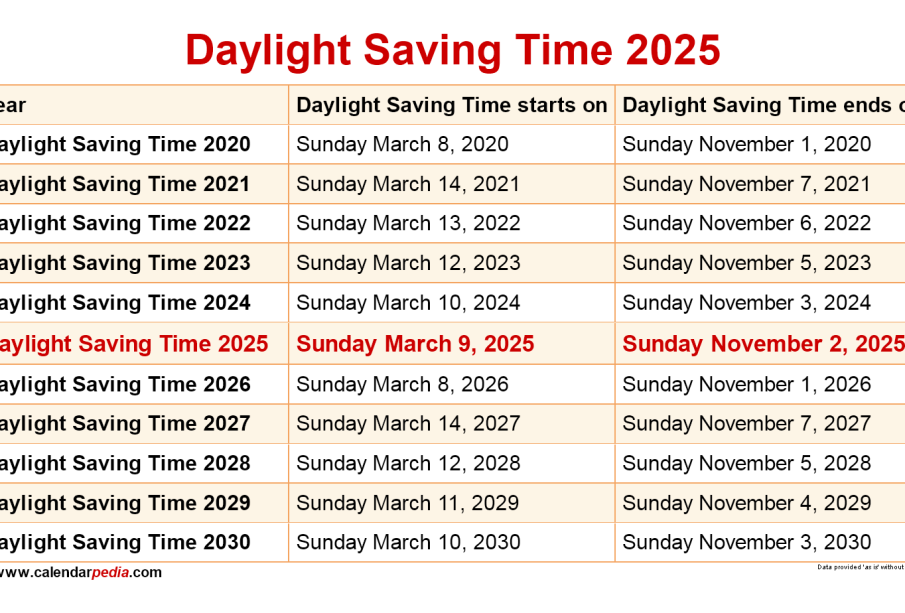Understanding Daylight Savings 2025: Key Changes and Relevance

Introduction to Daylight Savings Time
Daylight savings time (DST) has long been a topic of debate and discussion, particularly as we approach changes set for 2025. Originally intended to make better use of daylight during the longer days of summer, DST has implications for energy consumption, health, and daily routines. As we prepare for 2025, understanding these changes is vital for individuals and businesses alike.
Scheduled Changes for 2025
In 2025, daylight savings time is expected to start on Sunday, March 9, when clocks will spring forward by one hour at 2 a.m. local time. This shift will provide more light in the evenings, enticing outdoor activities and altering work patterns. The change back to standard time will occur on Sunday, November 2, when clocks will revert to standard time, falling back an hour at 2 a.m.
Current State of Daylight Savings Debate
The relevance of daylight savings has come under scrutiny, especially in the last decade. Critics argue that the biannual clock changes can disrupt sleep patterns and have adverse health effects. Some states and countries have explored the possibility of abolishing the practice altogether. For instance, initiatives in places like Florida and California advocate for permanent daylight savings, potentially eliminating the need to adjust clocks twice a year.
Public Sentiment and Economic Impact
The public’s sentiment towards daylight savings is mixed. Surveys indicate that a large percentage of the population supports eliminating the clock changes due to the perceived inconvenience. Conversely, some businesses and sectors, particularly those reliant on evening activities and tourism, favour the time shift for increased daylight, promoting longer hours of operation and potentially higher revenues.
Conclusion: The Future of Daylight Savings
As we approach 2025, the trajectory of daylight savings remains a subject of discussion, with many advocating for either a reassessment of its benefits or a complete dismissal. It is essential for individuals to stay informed about potential changes, as the impact could extend beyond just a lost hour of sleep. The effectiveness of these time shifts in promoting energy savings and improving health remains debated. As more data and public opinion emerge, the future of daylight savings may see significant shifts, reflecting societal needs and preferences.









